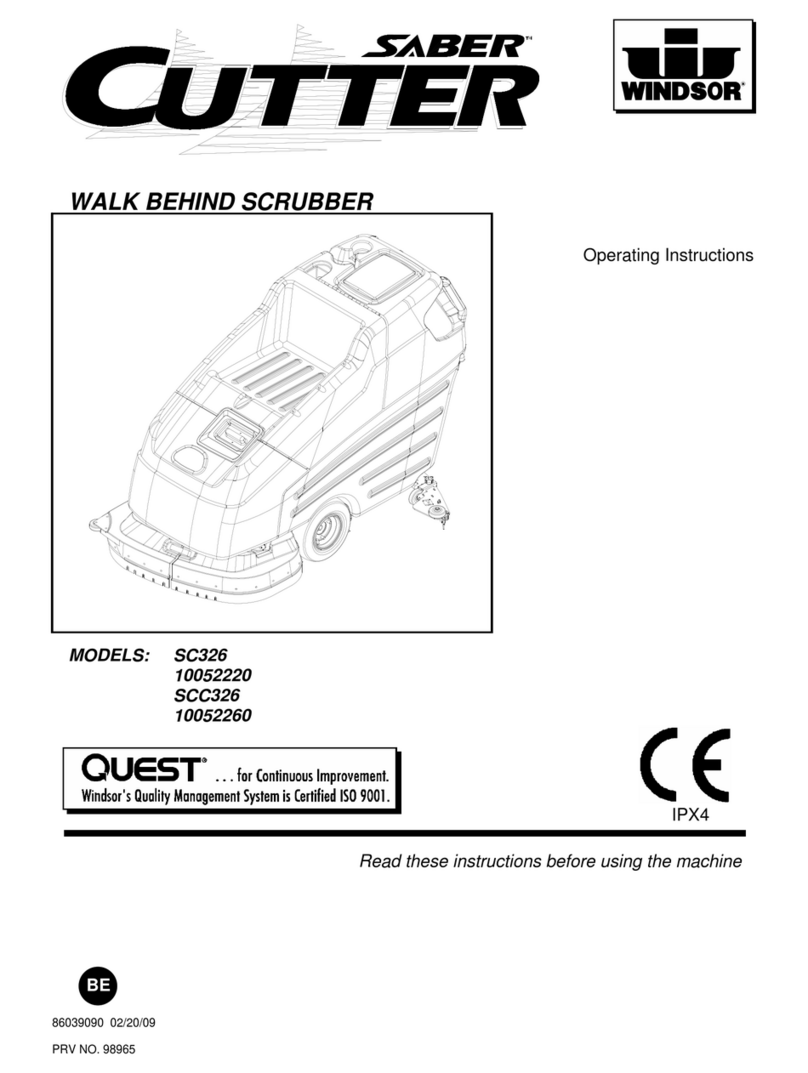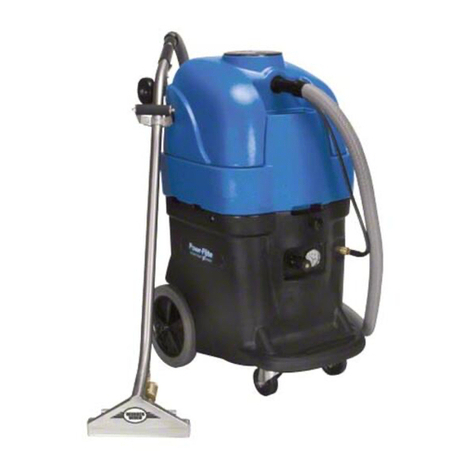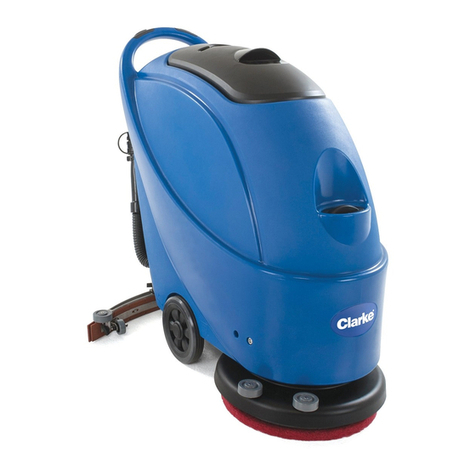
- 3 -
Air Scrubbers,
When and How to use them
Briefly, an Air Scrubber circulates ambient air through its filter system, usually 3 stages
with a HEPA final stage, and exhausts clean air into that environment. It is a BIG air
purifier. Sometimes, the air scrubber may also contain activated carbon filters to adsorb
odors and chemicals that may be in the ambient air.
A Negative Air Machine pulls in ambient air, filters it (just like the air scrubber) and has
a means to exhaust it outside of the building, or at least outside of the “Contained” part of
the building. Carbon Filters may be employed in the Negative Air Machine, also. The
Negative Air machine may be located outside of the contained area with a hose to
transport air out of the contained area.
The same type machine often performs these 2 functions, so it may be a little confusing at
times. It’s like saying you will “Uncork” a bottle with a “Rubber Stopper”. “Cork”
originally defined a “Cork Stopper” before “Rubber Stoppers” were invented, so the
nickname “Cork” applies more to the function of the device than the material from which
it is made. Air Duct Vacuums (Collectors) can also perform “Air Scrubber” and
“Negative Air Machine” functions. I will try to use the correct term in the context of
each function, but remember that the terms are somewhat interchangeable. The term
refers to the function accomplished with a particular configuration that provides the
desired airflow more than it applies to a specific piece of hardware.
When should you consider using one or more of these devices? There are only a few
universal regulations or standards, but to say it is all guesswork is not at all true. On a
construction site where large amounts of fine dust are generated, it would be expected
that the workers would be wearing eye protection as well as some type of respirator to
protect their lungs. If the site was adjacent to an office with a full staff, it would be
unthinkable to start the work without a temporary barrier of plastic sheeting to prevent
the dust from covering the occupants and the office equipment. If the dust was
potentially toxic and the particles were too small to be seen by the naked eye, even more
protection for both the workers and the adjacent occupants would be required. This is the
basic reason, it is necessary to filter the air in the work area, and to put that contaminated
area in a “Negative Pressure” condition. areas.
Once the contaminated areas are defined, a remediation plan can be created to contain the
contamination. Putting up Plastic walls, building an air lock, sealing off the supply and
return ducts, and installing negative air machines is next. Remember that Containment
walls and access door control the contaminated air paths, but the room pressurization
controls the direction and amount of that flow. Containment design as well as Negative
Air Machine and Air Scrubber size and locations must be considered together to match
the needs of each project. The scope of this manual will only discuss the Containment
structures in very general terms. There are many sources for containment construction in



























